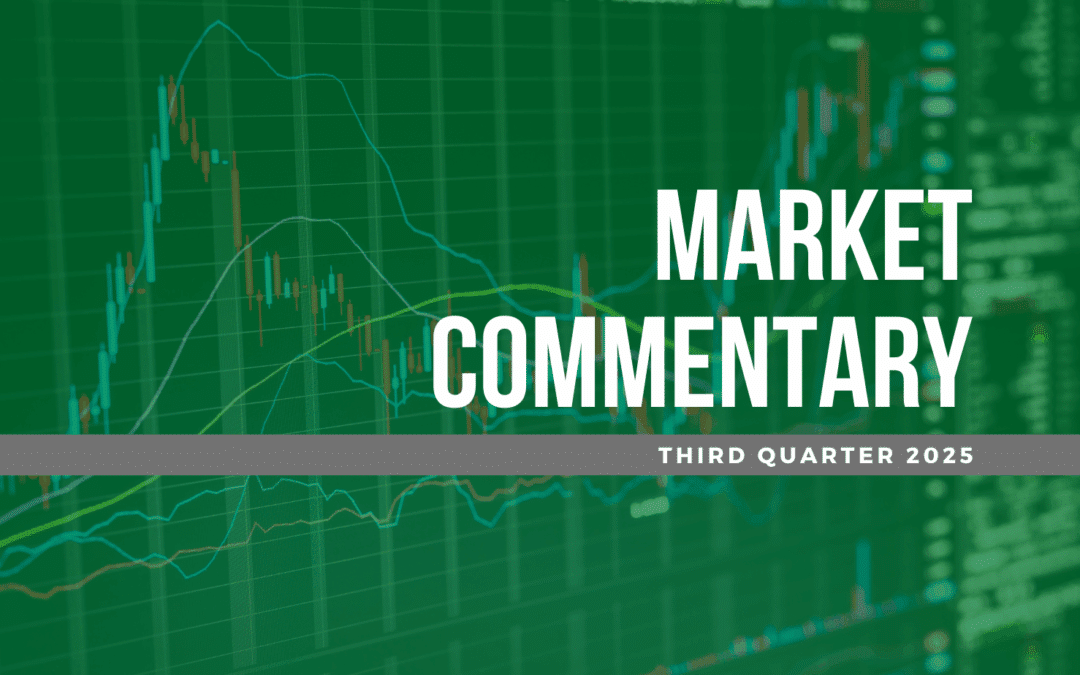Year to date has been a very rough start for the equity markets. Adding to the pain is the fact that bond prices are also down sharply, and in some instances more than equities.
The S&P 500 is down 12% and the Aggregate Bond index is down 10% since the beginning of the year, through May 3, 2022.
We all know stocks have “correction” periods, and that business cycles exist, but for the vast majority of people, nobody is used to seeing negative returns in their bond portfolio. They are supposed to be safer investments after all, right?
A bond and how it behaves:
A bond is a loan to a company in exchange for interest on your money. Investors get their initial deposit back at the end of the bond “term”, for example 1 year, on a stated date (Maturity Date) and collect interest along the way (Yield).
Since bonds have a stated interest rate that the company is willing to pay, the bond will initially be sold at a premium or discount and the price of the bond will fluctuate over its lifetime as the government’s interest rate changes. US Government bonds are typically deemed as safer assets due to their ability to tax the wealthiest population in the world to pay back their debts. On the other hand, a company must continue to turn profits and stay in business to pay back any debts.
An Inverse Relationship – Fed fund rates and bond prices:
As the government raises its own interest rate, the less attractive a company bond becomes. This is what is currently happening in our financial system. The Federal Reserve is signaling they are willing to raise rates going forward to combat inflation. The byproduct of rising rates means the prices of bonds go down. This is what we call interest rate risk or interest rate sensitivity.
You may be thinking, “Why would you even own a bond if you know interest rates are going up and the bond prices will go down?” Fair question.
To answer this effectively, you must understand what you own and why you own it. Bonds are not placed in portfolios to provide substantial upside (growth). They are designed in portfolios to produce income (yield) to enhance the portfolios total return and price stability (receiving principal back at maturity). If you do not sell, but rather hold it to maturity, you will receive your investment back in addition to the interest you received while holding the note.
How to limit interest rate risk:
One way to minimize the daily market fluctuations in bonds is to keep “duration” (the interest rate risk a bond has) low. Okay, how do you do this? Buy short and intermediate term bonds. This means they do not have long-dated maturity schedules. The longer maturity schedule brings more interest rate risk with it.
Why higher yields are a good thing:
This is counter-intuitive, but as a bond holder or investor, if you have kept maturity short and duration low, you want to see higher yields and lower bond prices. This means as your bonds mature, they will be reinvested at higher rates that will produce more income and return for your portfolio.
Our job as financial planners is to help clients decide what, how-much, where, and when they should put capital at-risk (stocks) and which capital they cannot afford to risk (bonds & cash) to achieve their goals. If you are feeling lost in this market, please reach out to a CERTIFIED FINANCIAL PLANNER™ to discuss your personal situation.
The three main points here:
- Know what you own and why you own it.
- Hold bonds; don’t trade them.
- Ignore bond price fluctuations unless the company is going bankrupt.
The information contained within has been obtained from sources believed to be reliable but cannot be guaranteed for accuracy. The opinions expressed are subject to change from time to time and do not constitute a recommendation to purchase or sell any security nor to engage in any particular investment strategy. Investment Advisory Services are offered through Greenwood Capital Associates, LLC, an SEC-registered investment advisor.










